Changing Work, Changing Workers
Companies rethink the need to even have offices, or how to redesign places of work. The traditional work shift - 9-5, 5 days a week – is losing relevance. Many companies are adopting the remote work models, spawned by the pandemic, as their new normal. Does the nation need new policies of Guaranteed Basic Income, (UBI) or a drastic rethinking of the social safety nets?
Episodes
-


Changing Work, Changing Workers
S2021 E3 - 55m 6s
Companies rethink the need to even have offices, or how to redesign places of work. The traditional work shift - 9-5, 5 days a week – is losing relevance. Many companies are adopting the remote work models, spawned by the pandemic, as their new normal. Does the nation need new policies of Guaranteed Basic Income, (UBI) or a drastic rethinking of the social safety nets?
-

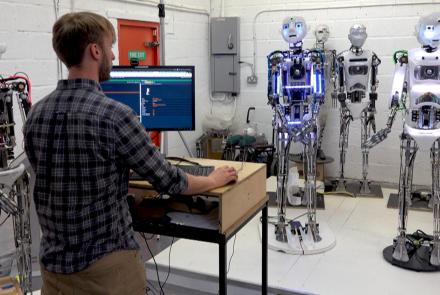
Futureproof
S2021 E2 - 55m 6s
Frontline and service workers have borne the health consequences of the pandemic, increasing racial and economic disparities. Certain robotic and AI applications are accelerating as the value of human workers is further questioned. Determining the likely areas of job growth and training needs is difficult. Post-secondary education has become more virtual and its costs, more controversial.
-

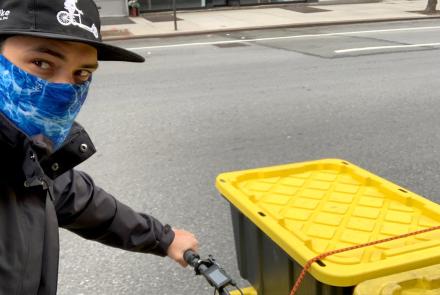
The New Industrial Revolution
S2021 E1 - 55m 6s
In addition to illuminating the ongoing drivers for disruptions to the world of work – AI, robotics, platform technology, globalization, labor practices -- the pandemic has been a driver of change. Unemployment flipped from lowest in 50 years to highest in a century.
Extras + Features
-

Changing Work, Changing Workers - Preview
30s
Companies rethink the need to even have offices, or how to redesign places of work. The traditional work shift - 9-5, 5 days a week – is losing relevance. Many companies are adopting the remote work models, spawned by the pandemic, as their new normal. Does the nation need new policies of Guaranteed Basic Income, (UBI) or a drastic rethinking of the social safety nets?
-
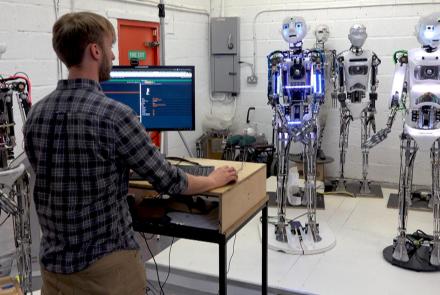
Futureproof - Preview
31s
Frontline and service workers have borne the health consequences of the pandemic, increasing racial and economic disparities. Certain robotic and AI applications are accelerating as the value of human workers is further questioned. Determining the likely areas of job growth and training needs is difficult. Post-secondary education has become more virtual and its costs, more controversial.
-
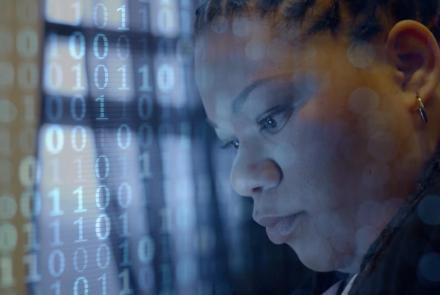
Apprenticing: Working Towards the Salary You Want
4m 1s
Tiffany Spraggins decided to go back to college after working jobs with no opportunity for growth. Knowing she wanted to make a livable wage, she started by looking at jobs that paid the salary she wanted. At college, she learned about an apprenticeship program to become a software functions tester, and she’s now on a path to being a full professional in a white-collar job.
-
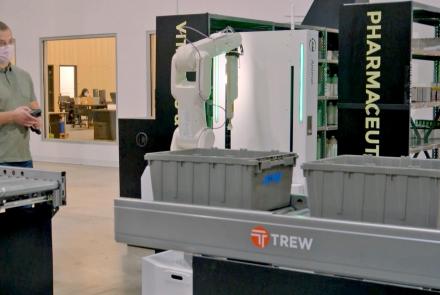
Autonomous Robots
2m 40s
Robots are already replacing human jobs. Advocates say they are the jobs people don’t want, but nonetheless, they are paying jobs, and the advent of human-like robots is getting closer as technology advances. AI systems have the capacity to replace humans on a scale never seen before. Should we embrace the future of robots, because it will create jobs that are more meaningful?
-
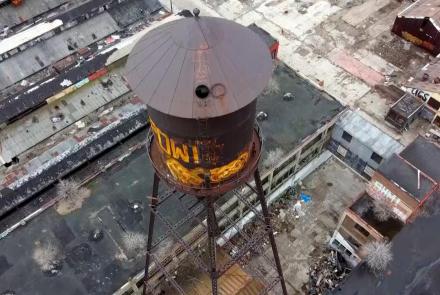
Youngstown, Ohio, and the American Dream
3m 23s
From 1977 to 1987, automation and outsourcing rapidly disrupted steel and manufacturing industries in places like Youngstown, Ohio. The result: mass unemployment, and an exodus of people going elsewhere for work. The effect wasn’t just economic; depression, alcoholism, drug use, and suicides rose in Youngstown, foreshadowing the consequences of technology and globalization everywhere.
-
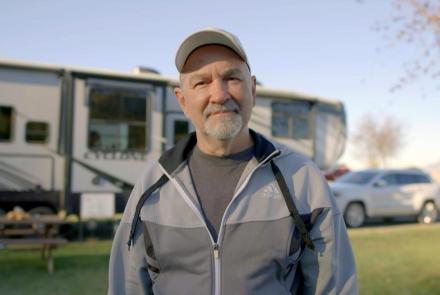
Nomadic Workers and the American Dream
3m 53s
Chris Francis lost his white collar career in the 2008 recession, and has been piecing together a livelihood ever since. He’s part of a growing movement of nomadic workers, living in their RV’s, and travelling the country from job to job. Today, with retirement less of a guarantee, and younger Americans being the first generation to be worse off than their parents, the American dream is at risk.
-
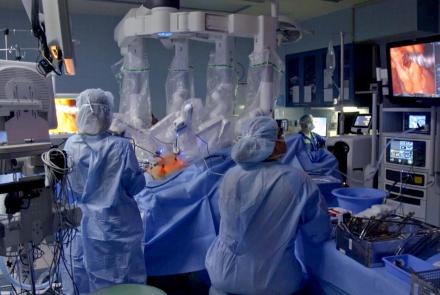
Robotics in Medicine
4m 44s
15 years ago, Bryant Hospital in Lincoln, NE was one of several hospitals pioneering the use of ‘surgical cobots’. Now they are an accepted part of surgical practices across America. In this video, for example, Dr. Michael Jobst brings new levels of precision, control, and safety to his surgical procedures, by using multi-arm robotic surgery. But does this current generation of robots cost jobs?
-
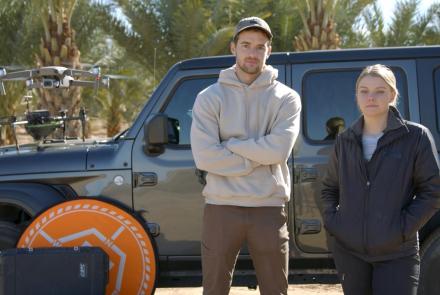
Date Palms and Drones
3m 4s
When local growers in Yuma, AZ reached out to University of AZ Engineering and Business programs for help modernizing the date industry, inventors and entrepreneurs Madeline Melichar and Evan Westman took up the challenge. Forming a tech start up, they have designed a drone to dispense pollen to the hard-to-reach Medjool date trees. They hope to attract new work and higher paying jobs to the area.
-
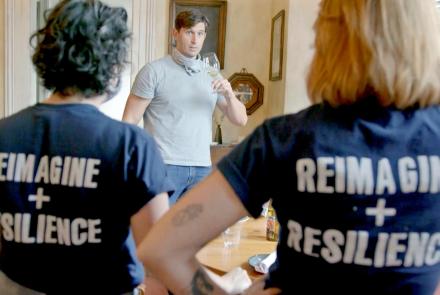
Betting the Future on a New Business Model
3m 50s
When COVID forced his company to completely shut down, Robert LeBlanc initially felt defeated. But looking at Toyota’s production systems helped him re-invent his business. See how he applied a ‘one-piece flow’ production model to his restaurant and hotel, and how he sees this method as the key to the future success of his industry.
-
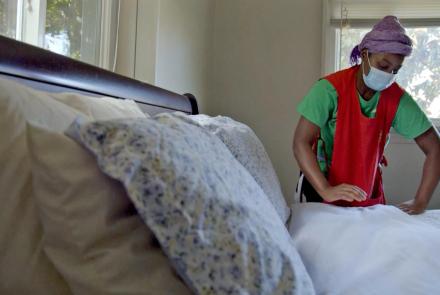
Domestic Workers in the U.S.
1m 53s
There are 2.5 million domestic workers in America, and by 2030 that number is expected to double. Many are immigrants, and people of color, often underpaid, with little or no job security. But they do the work that makes all other work possible, and it’s work that’s not going anywhere. For many who lose their employment to automation and outsourcing, domestic work may be a viable option.
-
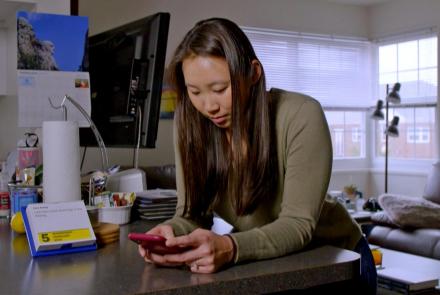
The Gig Economy
3m 2s
Today more than 55 million Americans work in the gig economy, which operates through digital platforms like Uber, Lyft and Task Rabbit. Fueled by technological advancements, the gig economy allows workers like Chloe Grishaw to set her own schedule, and know what she’s agreeing to, without any long-term obligations. The freedom and flexibility, however, comes with financial insecurity.
-
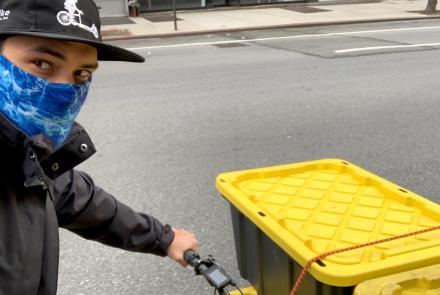
The New Industrial Revolution - Preview
29s
In addition to illuminating the ongoing drivers for disruptions to the world of work – AI, robotics, platform technology, globalization, labor practices -- the pandemic has been a driver of change. Unemployment flipped from lowest in 50 years to highest in a century.
Schedule
WETA Passport
Stream tens of thousands of hours of your PBS and local favorites with WETA Passport whenever and wherever you want. Catch up on a single episode or binge-watch full seasons before they air on TV.
Similar Shows
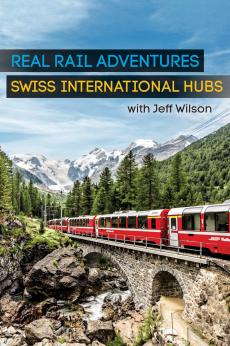
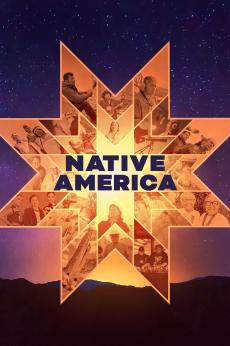
Native America
Culture



Sacred Journeys
Culture
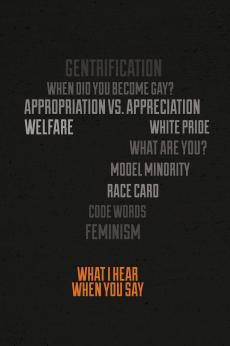
What I Hear When You Say
Culture

Family Pictures USA
Culture
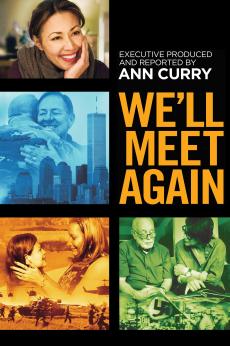
We'll Meet Again
Culture
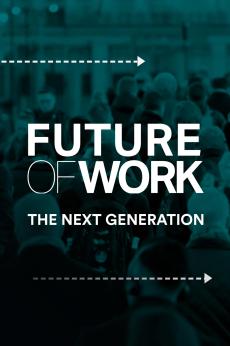

Inspired Lives
Culture